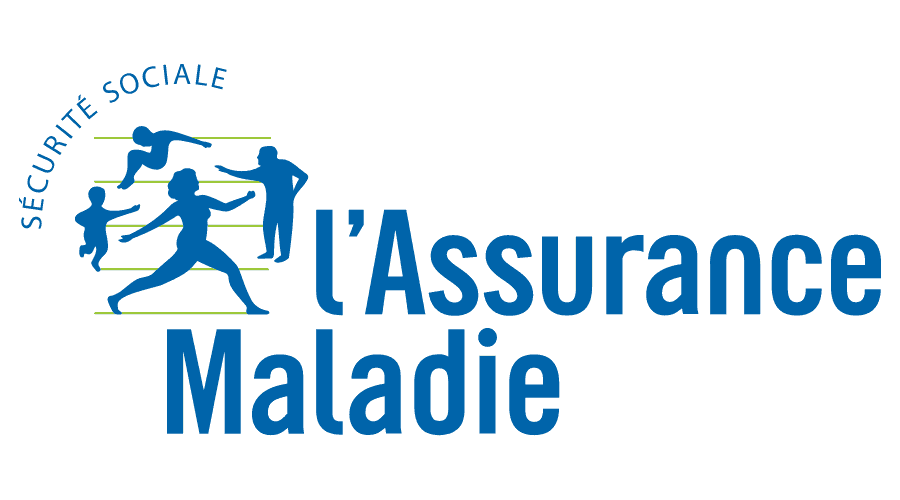








 Services
Blog
Français
Services
Blog
Français
Today is the grand openning of our Arch Linux package repository, with the release of postgresql-bdr. It’s a patched PostgreSQL server with BiDirectionnal Replication which seems too good to be true. I ran split brain tests and it reacted amazingly well, although it needs all nodes to be up for schema updates which is ok to me because I won’t be running upgrades while I have a broken node: I’ll be working on fixing it.
Anyway, don’t take my word for it and try it for yourself, something like this would probably work from an Arch box:
pip install ansible
sudo pacman-key --recv-keys 1CD82FF6
sudo pacman-key --lsign 1CD82FF6
sudo ansible-galaxy install soplakanets.hosts
sudo ansible-galaxy install jpic.pacman
sudo ansible-galaxy install jpic.gpg
git clone https://github.com/jpic/jpic.pg.git
cd jpic.pg
vagrant up bdr1 bdr2








